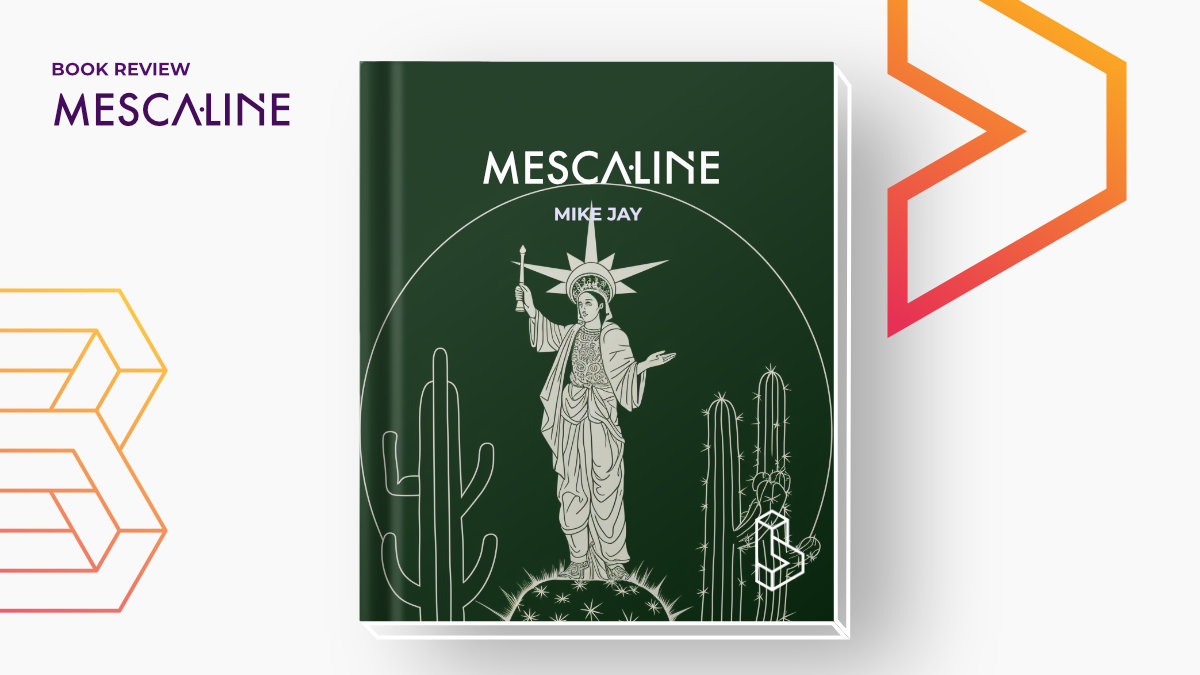Mescaline: A Global History of the First Psychedelic by Mike Jay gives you a full history of mescaline. It takes you on a journey through the jungles of South America, over the plains of North America, to labs around the world. It not only documents who has been involved with the early use of it, but also how it’s been taken up (and later left behind) in popular culture. A deep-dive into mescaline.
Publisher Summary
“Mescaline became a popular sensation in the mid-twentieth century through Aldous Huxley’s The Doors of Perception, after which the word “psychedelic” was coined to describe it. Its story, however, extends deep into prehistory: the earliest Andean cultures depicted mescaline-containing cacti in their temples. Mescaline was isolated in 1897 from the peyote cactus, first encountered by Europeans during the Spanish conquest of Mexico. During the twentieth century it was used by psychologists investigating the secrets of consciousness, spiritual seekers from Aleister Crowley to the president of the Church of Jesus Christ of Latter-day Saints, artists exploring the creative process, and psychiatrists looking to cure schizophrenia. Meanwhile, peyote played a vital role in preserving and shaping Native American identity. Drawing on botany, pharmacology, ethnography, and the mind sciences and examining the mescaline experiences of figures from William James to Walter Benjamin to Hunter S. Thompson, this is an enthralling narrative of mescaline’s many lives.”
Summary Review
- Mescaline has been used in rituals for as long as we know
- The peyote cactus is where Mescaline finds its origin from (the dried buds of the plant)
- The effects of Mescaline are comparable to LSD, but the bodily discomforts are much higher
- Aldous Huxley made mescaline popular with his book, The Doors of Perception
- Mescaline would launch the psychedelic era, but now isn’t part of the drugs people like to take
- One reason for this is that we’ve become better at isolating ‘easier’ substances like 2cb
- Alexander Shulgin was inspired to do much of his work on making new compounds by his mescaline experience
- As long as Westerns have had contact with mescaline, their governments have tried to ban its use
- This stretches from the first contact with the Spanish conquistadors to the current US government
- The rituals surrounding mescaline/peyote are part of what makes it a ‘good’ experience (e.g. rhythmic drums)
- Without it, as some of the Americans who used it at a house party discovered, it can be very unpleasant
- With it, the experience can be pleasant, transformative, mind-bending (and was used by many artists to this effect)

